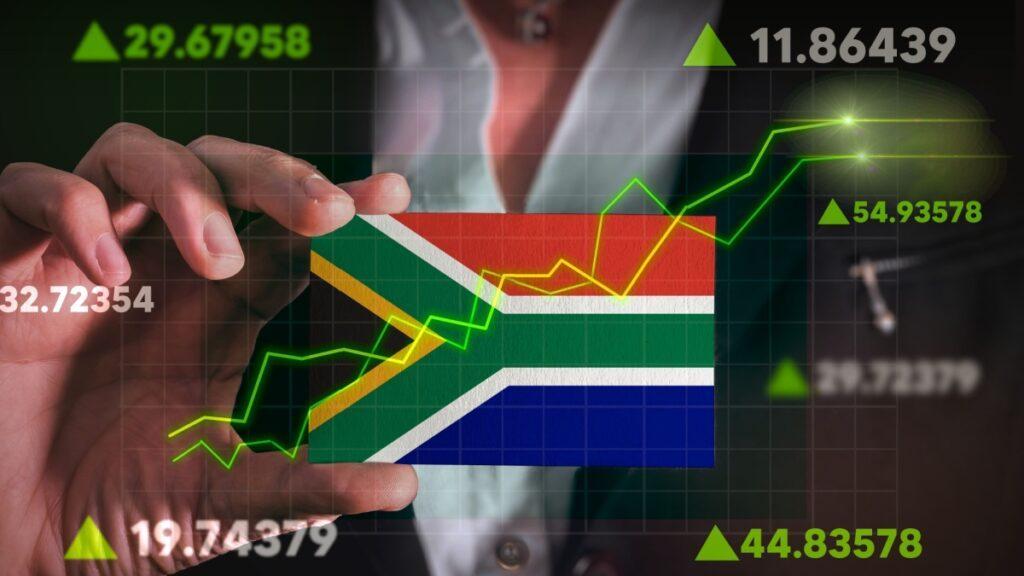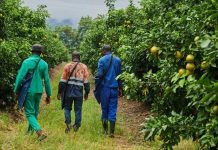Africa-Press – South-Africa. S&P Global Ratings lifted South Africa’s credit rating for the first time since 2005, citing the nation’s improving growth and fiscal trajectory.
The credit assessor upgraded the nation’s rating by a notch to BB, just two notches into junk. S&P kept a positive outlook on the nation as there’s potential for further improvement in fiscal metrics, according to a statement on Friday.
The ratings company said the reduction of liabilities from state-owned Eskom Holdings was due to the utility’s improved performance. The company has posted its first profit in eight years, making it less likely to require support from the government.
“The government is on track to post its third annual primary surplus,” S&P analysts Ravi Bhatia and Benjamin Young wrote. “While contingent liabilities are likely to ease as state-owned electricity utility, Eskom, is being reformed.”
The move underscores South Africa’s progress in demonstrating its commitment to fiscal consolidation, offering relief to a nation grappling with weak growth and high debt.
Finance Minister Enoch Godongwana on Wednesday presented a medium-term budget showing stronger revenue collection and projecting that debt is still expected to peak at 77.9% of gross domestic product in the fiscal year ending March, compared with a 77.4% estimate previously.
The slightly higher projection reflects the decision to formally adopt a 3% inflation target, giving political backing to the Reserve Bank’s preference for anchoring prices at that level — announced at the end of July.
Investor sentiment has strengthened since then, fueling a rally in South African assets. The yield on the country’s 10-year benchmark bond has fallen 115 basis points to 8.65%, reflecting growing confidence in policy discipline.
The budget also commits to finalizing a proposal for a fiscal anchor next year — a key step toward cementing South Africa’s consolidation efforts.
In the absence of a binding rule, the government has targeted a primary budget surplus, first achieved in 2023–24, and projected to widen over the rest of the decade, helping reduce debt-service costs.
For More News And Analysis About South-Africa Follow Africa-Press






